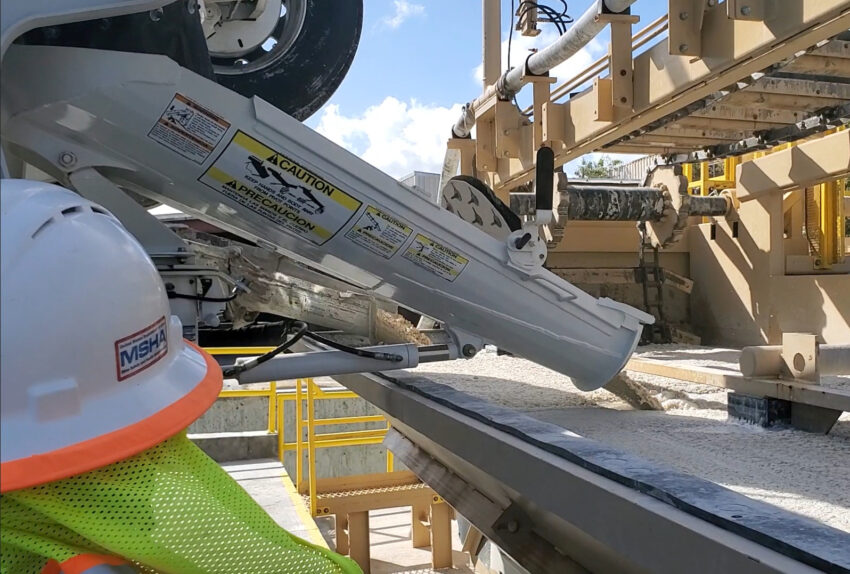An expedited reclamation process can eliminate the need for settling ponds and multiple material handling steps, while providing significant time savings and recovery of sand, aggregate, and cement
For ready-mixed concrete plants, any delay in washouts can reduce productivity and profitability. After each delivery, washing out the trucks and equipment is essential to meet mix specifications, reclaim unused material, and keep equipment clean. The challenge is that traditional washout techniques can be time-consuming and labor-intensive, often involving multiple steps.
As a solution, industry innovators have created systems that dramatically streamline the washout process. These systems can recover sand, stone, and cement for re-sale or re-use using recycled water in a closed-loop system. The most advanced units allow a driver to complete a washout in minutes at a single onsite location without a washout pit, settling pond or presses of any sort.
As an example, the Redi-WashTM Washout System by Jadair does not require settling ponds, washout pits, or filter presses since it has a built-in water clarification capability, unlike traditional reclamation-only units.
After searching for a solution, Tanis Concrete installed a three-station, Jadair Redi-Wash Washout System that accommodates three trucks at the same time over a decade ago. The company space efficiently located the system in their onsite truck garage by converting a service bay.
“Altogether we are saving hundreds of thousands of dollars a year in driver’s time, truck time, and trucking material using a modern washout system,” says Frank Gelewski, Director of Operations at Fair Lawn, NJ-based Tanis Concrete, Inc., which services Northern New Jersey with three state-of-the-art concrete plants. “Our water usage is also way down because we are reusing it. We are not wasting water to wash out the trucks only to have it evaporate or hydrate into the ground.”
The one-stop approach saves money by eliminating long-distance drives and slow process times. With high-speed washouts, the concrete plant can run fewer trucks with less labor and material handling while still delivering the same amount of material or more.
According to Gelewski, the washout system also provides excellent separation, so Tanis Concrete can sell material that it previously paid to haul away.
Although washout pits and ponds are common, concrete producers that take advantage of innovative options can streamline the washout process and boost their productivity. With the sophisticated systems available today, plants can now reclaim any leftover concrete materials faster with more profitably than ever before.
For more information, call 800-669-3411 or visit www.jadair.com.

